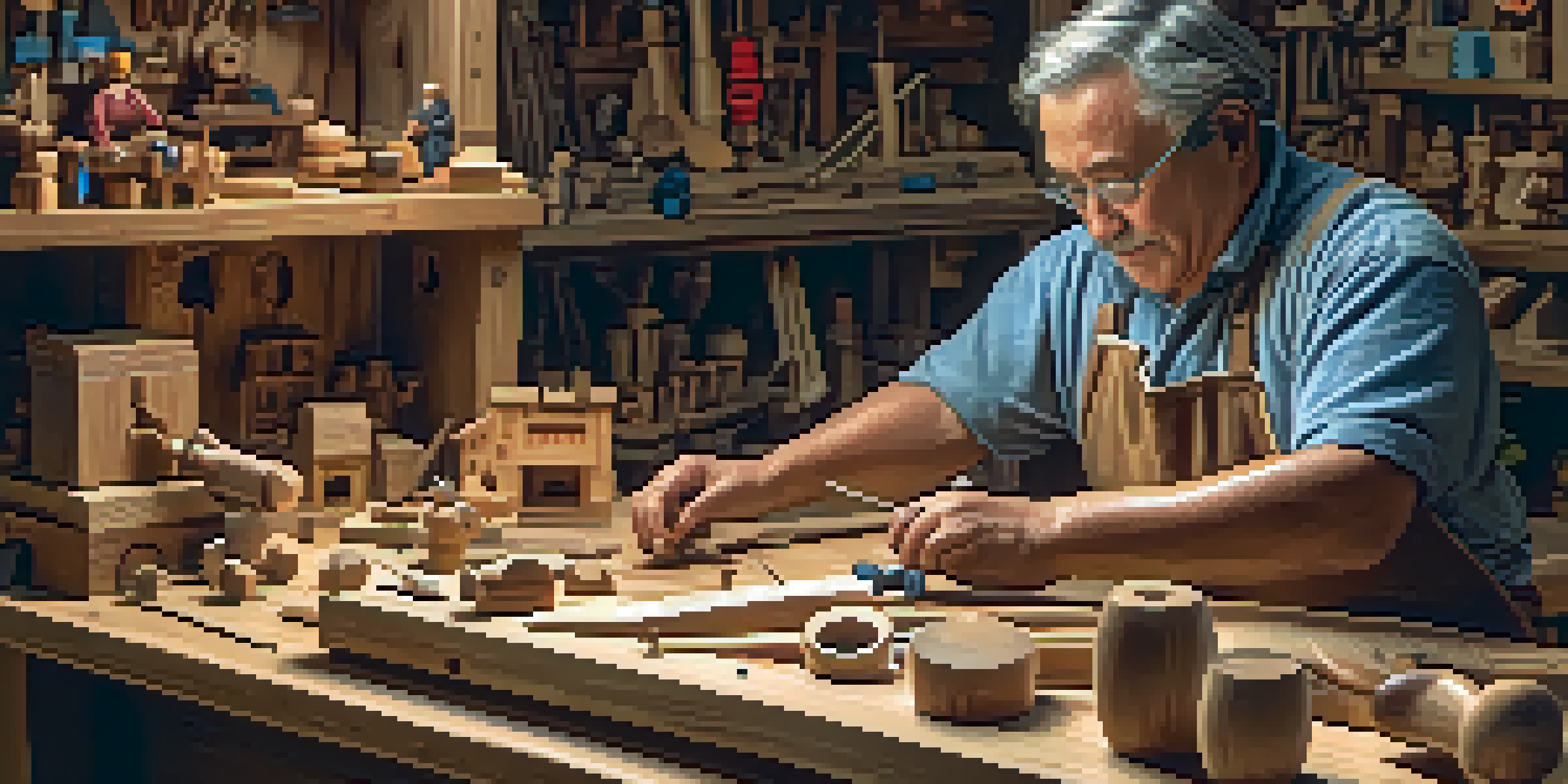Blending Traditional Techniques with Modern Technology

Understanding the Value of Traditional Techniques
Traditional techniques have stood the test of time, often rooted in cultural heritage and artisanal expertise. They embody skills that have been passed down through generations, encompassing everything from handmade crafts to age-old cooking methods. These techniques not only preserve history but also emphasize quality and craftsmanship, setting a benchmark that modern methods sometimes overlook.
The Rise of Modern Technology in Craftsmanship
Modern technology has revolutionized various industries, offering tools that enhance efficiency and precision. From 3D printing in manufacturing to digital art software in creative fields, these advancements allow for innovation at a rapid pace. However, while technology simplifies processes, it also raises questions about the authenticity and emotional connection often found in traditional craftsmanship.
Traditional Techniques Preserve Heritage
Traditional craftsmanship embodies skills passed down through generations, emphasizing quality and cultural significance.
Bridging the Gap: Where Tradition Meets Innovation
The blend of traditional techniques with modern technology creates a unique synergy that can revitalize both. For example, artisans are using digital tools to design products that are then handcrafted, marrying precision with personal touch. This approach not only preserves traditional skills but also opens new avenues for creativity and customization.
Examples of Successful Blending in Various Industries
Many industries are witnessing this blend, such as fashion, where designers incorporate traditional textiles with modern manufacturing techniques. Similarly, in the culinary arts, chefs use contemporary cooking gadgets while honoring classic recipes. These examples illustrate how merging old and new can lead to innovative outcomes that resonate with consumers.
Technology Enhances Craftsmanship
Modern technology revolutionizes industries by improving efficiency, yet it raises questions about authenticity in traditional crafts.
The Impact on Sustainable Practices
Combining traditional and modern methods can significantly boost sustainability efforts. For instance, using eco-friendly materials in traditional crafts can reduce waste and carbon footprints. This fusion not only respects the environment but also appeals to a growing audience that values sustainability in their purchasing decisions.
Challenges of Integration: Balancing Old and New
While blending these techniques can be beneficial, it also presents challenges. Artisans may struggle to maintain the essence of their craft while incorporating technology, leading to potential dilution of traditional values. Finding the right balance requires thoughtful consideration of what aspects of tradition should be preserved and which can be enhanced through technology.
Balancing Tradition and Innovation
Successfully merging traditional techniques with modern tools fosters sustainability and creativity, but requires careful consideration to maintain authenticity.
The Future of Craftsmanship: Evolving Together
As we look ahead, the future of craftsmanship appears bright with the ongoing fusion of tradition and technology. This evolution encourages artisans to explore new methods without losing sight of their roots. Ultimately, the ability to adapt while honoring the past will define the next generation of creators.
Conclusion: Celebrating the Best of Both Worlds
The blending of traditional techniques with modern technology celebrates the best of both worlds. It fosters innovation while respecting heritage, ensuring that craftsmanship remains relevant in today’s fast-paced world. By embracing this dual approach, we can create a vibrant future that honors the past while looking forward.